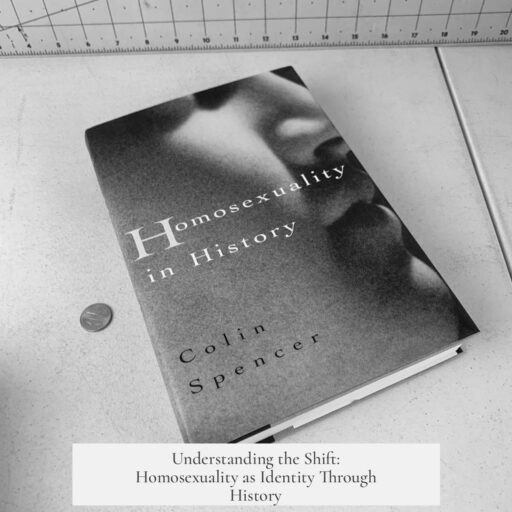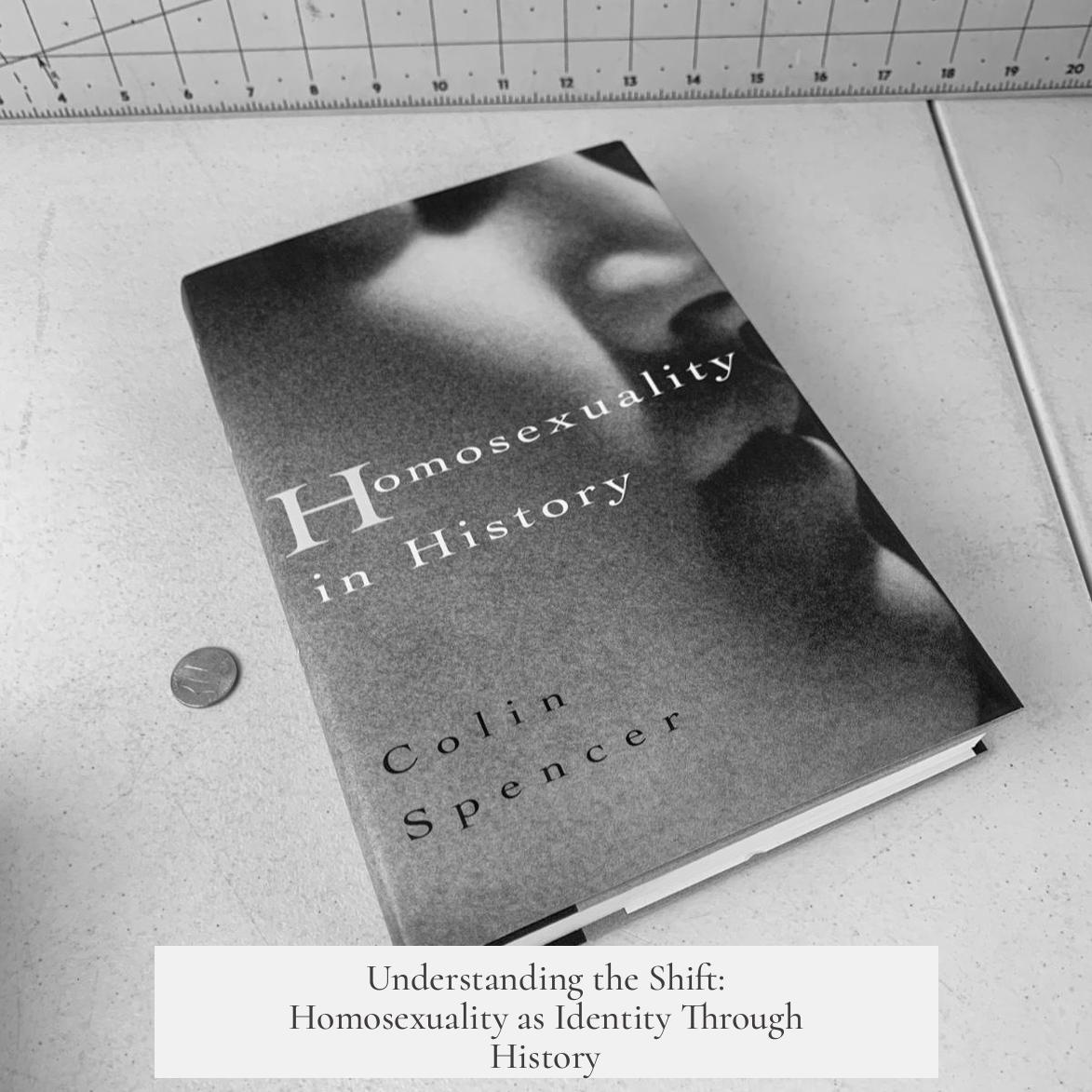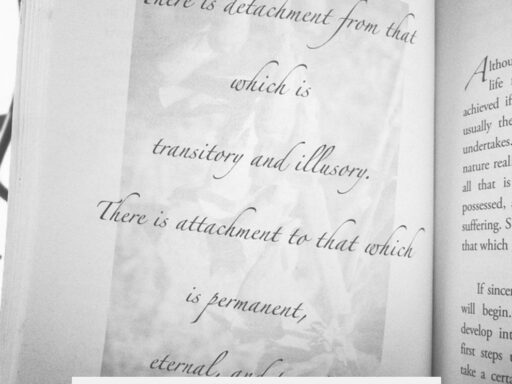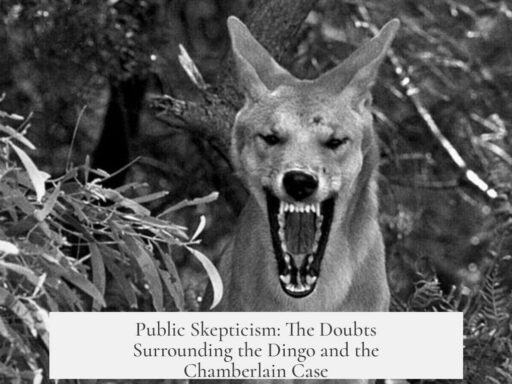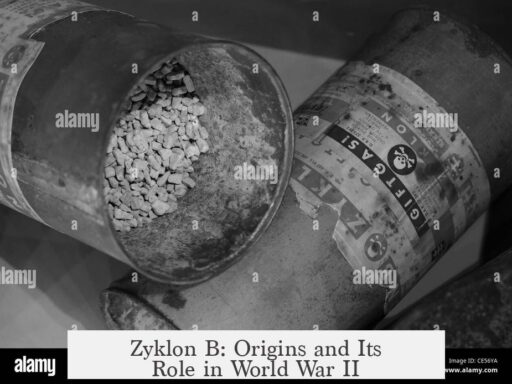People start seeing homosexuality as something you are rather than something you do in the late 19th century. This shift happens around the 1870s when the word “homosexuality” is invented and grows with emerging sciences like psychiatry and sexology. These fields debate whether homosexuality is innate or acquired, behavior or identity. Public events, especially Oscar Wilde’s trials in the 1890s, also create visibility for homosexuality as an identity.
The core of this change is a move from a religious model to a scientific model of human sexuality. Previously, Western societies treated homosexuality as a sinful act, not a defining attribute of a person. The religious view sees sin as behavior chosen freely, such as gluttony or same-sex acts. There is no stable “identity,” only acts classified as sins.
In contrast, the scientific approach emerging in the 18th and 19th centuries considers human sexuality through biology and psychology. The brain is understood as material and complex. Sexual desires and orientations become seen as more natural and durable traits. This perspective places homosexuality as a persistent condition or identity rather than a series of acts.
Before the late 19th century, evidence of same-sex attraction and relationships exists within various societies. Examples include the Molly subculture in 18th-century UK, which has its own language and meeting places. Still, there is no widespread concept equating such behaviors with a stable identity. The emergence of the term “homosexual” in the 1870s marks a turning point. Karl Heinrich Ulrichs, an early sexologist in the 1860s, writes pioneering essays on same-sex attraction. Later figures include Richard Kraft-Ebbing in the 1880s and Havelock Ellis in the 1890s, who help to deepen scientific inquiry.
Oscar Wilde’s public trials in the 1890s boost awareness. Wilde’s court cases make homosexuality a visible issue in high society and the media. Prosecutors discuss “the love that dares not speak its name,” and testimonies reveal a hidden social network. Wilde’s refusal to hide or flee increases his symbolic status as a homosexual identity figure. Writers like E.M. Forster later reference Wilde to define homosexual identity, showing the cultural impact.
The philosophical debate has two main schools of thought:
- Essentialist view: homosexuality exists as a stable identity independently of language or culture. People have always experienced same-sex attraction as part of who they are.
- Constructionist view: homosexuality as an identity is a product of particular historical and social contexts once the concept and term are created.
Michel Foucault’s essay Histoire de la sexualité champions the constructionist view, emphasizing how language and power shape sexual identities.
The scientific model also initially pathologizes homosexuality. It appears as an aberrance—a deviation from reproductive and gender norms. Homosexuality is framed biologically and psychologically as a condition, sometimes called a “third gender” or an inversion. Nonetheless, this reframing still moves sexuality from a temporary sin to a durable identity linked to nature rather than just behavior.
Throughout the 20th and 21st centuries, changes occur in how society views homosexuality:
- Understanding natural sexuality as broader than formerly believed reduces stigma.
- Homosexuality gains recognition as a common, natural variation, not a pathological aberration.
- The scientific framework remains but shifts toward affirming individual identity and rights.
- Eugenic and medicalized views decline in influence, replaced by social acceptance and legal protections.
In summary, the historical shift to seeing homosexuality as something you are instead of something you do happens around the late 1800s with key linguistic, scientific, philosophical, and social events. This change parallels the broader movement from religious to scientific explanations of human behavior. It also sets the foundation for later destigmatization and acceptance.
| Timeline | Key Development |
|---|---|
| 18th century | Mollies subculture in the UK with own slang and social spaces |
| 1860s | Karl Heinrich Ulrichs publishes essays on same-sex attraction |
| 1870 | Term “homosexuality” coined by a Hungarian doctor |
| 1880s-1890s | Scientific works by Kraft-Ebbing and Havelock Ellis shape sexual identity concepts |
| 1895 | Oscar Wilde’s trials bring public attention to homosexual identity |
| 20th century to present | Ongoing destigmatization while maintaining identity framework |
- The identity concept begins with the 19th-century medical and scientific discourse.
- Public legal cases like Wilde’s highlight social visibility of homosexual identity.
- Philosophical debate split between essentialism and constructionism continues.
- Scientific view replaces religious moral model in Western societies.
- Modern times see a reduction in stigma and a recognition of homosexuality as a natural identity.
When Did People Start Seeing Homosexuality as Something You Are Rather Than Something You Do?
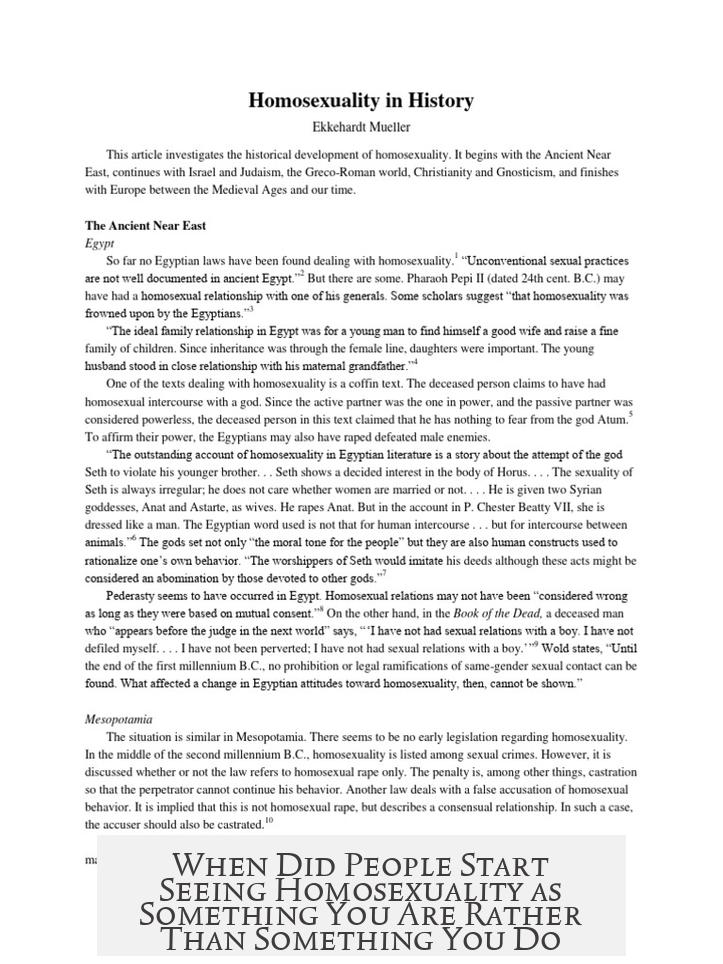
The idea that homosexuality is an inherent part of a person’s identity, rather than just a behavior or choice, began to take shape in the late 19th century. This shift sprung from new scientific understandings and cultural changes, especially after the term “homosexuality” was coined around 1870.
But why did this happen then? And how did we get from seeing homosexuality as a mere act or sin to recognizing it as an identity?
Philosophical Foundations: Essentialist vs Constructionist Views
First, let’s clear the air about two ways thinkers approach this. On one hand, essentialists argue homosexuality has always existed as a core part of who someone is—even if people didn’t have the vocabulary back then to define it.
On the other hand, constructionists, like French philosopher Michel Foucault, suggest that the concept of sexual identity is a cultural invention tied to language and society. In his essay Histoire de la sexualité, Foucault argues we started to see sexual orientation as an identity only when we had the words and the social context to name it.
Historical Visibility and Early Queer Subcultures
Interestingly, homosexual behavior is documented throughout history, but communities identifying themselves distinctly? Fewer and farther between.
For example, in 18th-century UK, the Mollies were a subculture of men engaging socially and sexually with other men. They had their own slang and met in special places called “Molly houses.” These early forms hint at people experiencing more than just occasional acts—they were forming identities in small pockets before widespread recognition.
The Late 19th Century: Birth of the Term “Homosexuality”
The real turning point arrives around 1870. A Hungarian doctor creates the word “homosexuality,” which first appeared in English in the 1890s. This new term helped frame same-sex attraction not only as a behavior but as a category of people.
Suddenly, scientists and doctors began studying these “homosexuals” to classify, understand, and unfortunately often stigmatize them.
Science Joins the Conversation

As psychiatry and sexology blossomed in the late 19th century, experts debated if homosexuality was an innate condition or a mere set of behaviors to correct or suppress.
Some early theorists even imagined homosexuals as a “third gender” or possessing an “inversion” of male and female psychological traits. These ideas sound strange today but helped seed the concept of homosexuality as an identity, laying groundwork for modern thought.
Key Publications and Figures
People like Karl Heinrich Ulrichs, writing essays in the 1860s, Richard Kraft-Ebbing in the 1880s, and Havelock Ellis in the 1890s were pioneers. Their work positioned homosexuality within scientific discourse and made it a subject of serious academic discussion instead of taboo rumor.
Oscar Wilde: From Poet to Public Symbol
While science moved forward, the public saw a dramatic representation of homosexuality in the trials of Oscar Wilde in 1895.
Wilde didn’t just fight a court case; he became a vivid symbol of homosexual identity. His trial put gay relationships and language into the spotlight, involving testimonies from rent boys and discussions on “the love that dares not speak its name.”
Unlike others who fled or stayed silent, Wilde faced the court head-on, making him a lasting figure. Later works like E.M. Forster’s Maurice referenced Wilde’s courage and identity, illustrating how his story shaped cultural awareness.
The Intellectual Shift: Religion to Science
The change in how society viewed homosexuality parallels a bigger intellectual transition from religious to scientific explanations for human behavior.
In medieval Europe, homosexuality was simply a sinful act—like gluttony or greed—but not a defining feature of a person. People were sinners by action, not identity.
This view began to crumble during the 18th and 19th centuries. Science started to explain human sexuality through biology and psychology.
Scientists discovered that sexuality was a natural, powerful drive linked to the brain’s material structure. Free will’s role started to seem less influential. Homosexuality was no longer just a choice or sin; it was something more enduring, more like an identity.
However, this new scientific lens often branded homosexuality as an “aberrance” — a deviation from the “normal” role tied to reproduction and gender expectations.
Modern Shifts: Destigmatizing Homosexuality
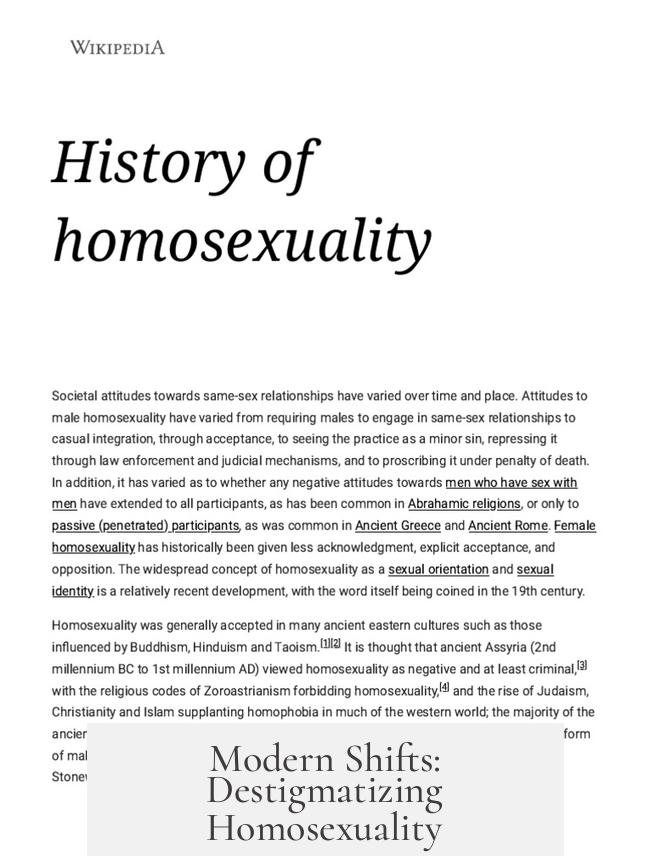
Over time, our understanding evolved further. We stopped condemning homosexuality as purely aberrant or antisocial behavior, thanks to the recognition that animals also display diverse sexual behaviors.
Current science still frames homosexuality as an identity linked to biology and psychology, but stigma declines. The medical community backed off from earlier harsh judgments influenced by eugenics and narrow views of normalcy.
Instead, society embraced a more individualistic approach to human meaning, focusing on acceptance and recognition of diverse identities.
So, What Does This Mean Today?
We now understand homosexuality not as a choice or a sinful act, but as a core part of a person’s identity for many individuals. Philosophers, scientists, and cultural figures from the 19th century laid the foundation to see it this way.
Scientific inquiry helped shift views, but public cases like Oscar Wilde’s made the issue real and visible. This journey continues today as society debates and embraces diverse sexual identities.
Practical Takeaways: Understanding Historical Roots Helps Today
- Knowing the late 19th-century origins helps us appreciate why some prejudice still lingers; old beliefs die slowly, but understanding grows faster.
- Seeing homosexuality as an identity rather than behavior empowers individuals and communities with visibility and rights.
- Modern science supports identity-based views, while continuing to advocate destigmatization and acceptance.
- Public figures and literature remain essential tools in humanizing and normalizing diverse sexual identities.
Final Thoughts: From Acts to Identity
When did people start to see homosexuality as something you are, not just something you do? Around 150 years ago, when words, science, and public trials converged to change the conversation.
Today, this awareness continues to grow. But the question remains: how might future generations redefine identity yet again?
One thing is for sure—understanding the past helps us create a better, more inclusive future.
